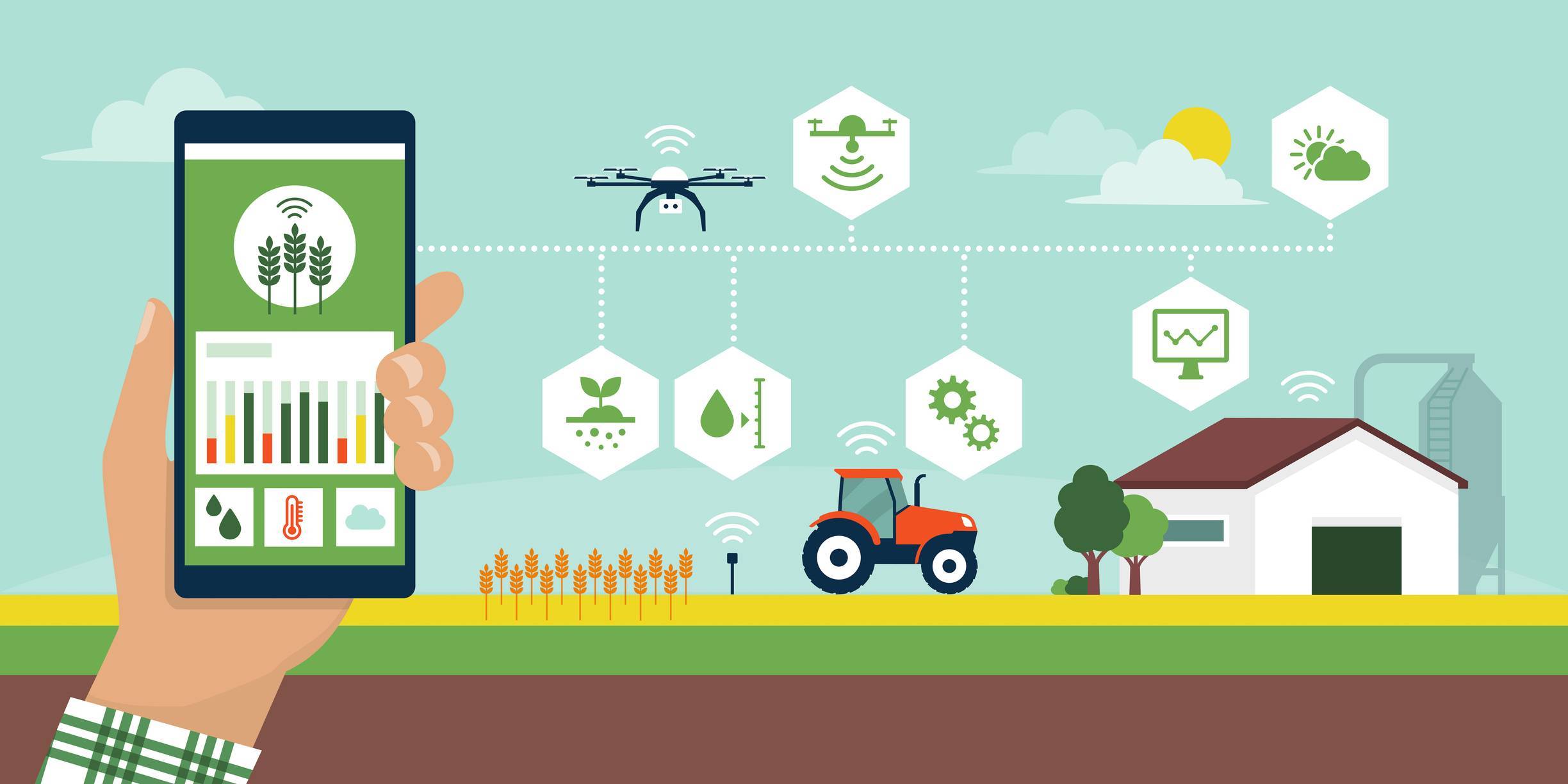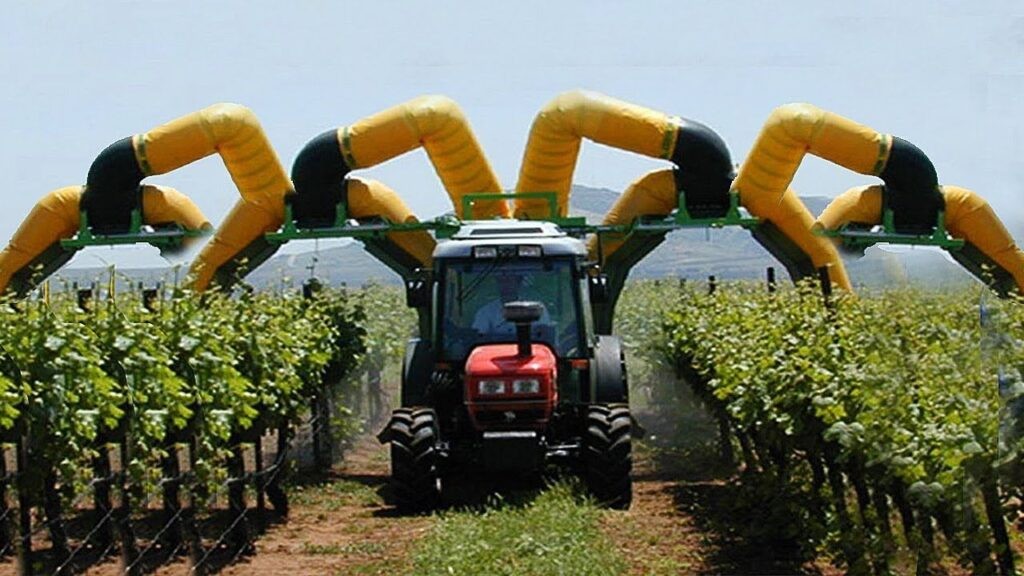Agriculture sector of Pakistan/India/Kenya/Bangladesh/Morocco
Agriculture
sector of Pakistan's economy
Agriculture
is a vital sector of Pakistan's economy, employing about 38% of the country's
workforce and accounting for around 19% of the country's GDP. Here is a brief
timeline of some of the key events in the development of the agriculture sector
in Pakistan:
1947:
Pakistan gained independence from British India and became a separate country.
The new government placed a strong emphasis on agricultural development as a
means of boosting the country's economy.
1960s:
The Green Revolution, a series of agricultural innovations and technologies,
was introduced in Pakistan. This led to significant increases in crop yields
and helped transform Pakistan into a major producer of wheat and rice.
1970s:
The government of Pakistan nationalized many industries, including agriculture.
This led to a decline in private investment in the sector and a reduction in
agricultural productivity.
1980s:
The government of Pakistan began to deregulate the agricultural sector,
allowing private investment to flow back into the sector. This led to an
increase in agricultural productivity and helped boost the country's economy.
1990s:
The government of Pakistan introduced a number of agricultural policies aimed
at improving the efficiency of the sector and increasing exports. These
policies included the establishment of export processing zones and the
introduction of crop insurance schemes.
2000s:
The government of Pakistan introduced a number of initiatives aimed at
increasing access to credit for small farmers, improving irrigation systems,
and promoting the use of modern agricultural technologies.
2010s:
The government of Pakistan continued to invest in the agricultural sector, with
a particular focus on improving infrastructure, increasing crop
diversification, and promoting sustainable agriculture practices.
Overall,
the agriculture sector in Pakistan has undergone significant changes and
improvements over the past few decades, with a focus on increasing
productivity, improving efficiency, and promoting sustainable practices. While
there are still challenges facing the sector, such as water scarcity and
climate change, the government of Pakistan and other stakeholders are
continuing to invest in the sector to ensure its long-term sustainability and
growth.
Agriculture
sector of India's economy
The
agriculture sector is one of the largest employers in India, employing around
50% of the country's workforce and accounting for around 17-18% of the
country's GDP. Here is a brief timeline of some of the key events in the
development of the agriculture sector in India:
1947:
India gained independence from British colonial rule and became a sovereign
nation. The new government focused on modernizing agriculture and increasing
food production to feed the growing population.
1960s:
The Green Revolution, a series of agricultural innovations and technologies,
was introduced in India. This led to significant increases in crop yields and
helped transform India into a major producer of wheat and rice.
1970s:
The government of India nationalized many industries, including agriculture.
This led to a decline in private investment in the sector and a reduction in
agricultural productivity.
1980s:
The government of India began to deregulate the agricultural sector, allowing
private investment to flow back into the sector. This led to an increase in
agricultural productivity and helped boost the country's economy.
1990s:
The government of India introduced a number of agricultural policies aimed at
improving the efficiency of the sector and increasing exports. These policies
included the establishment of export processing zones, the introduction of crop
insurance schemes, and the liberalization of agricultural trade.
2000s:
The government of India introduced a number of initiatives aimed at increasing
access to credit for small farmers, improving irrigation systems, and promoting
the use of modern agricultural technologies.
2010s:
The government of India continued to invest in the agriculture sector, with a
particular focus on increasing crop diversification, improving marketing and
distribution systems, and promoting sustainable agricultural practices.
Overall,
the agriculture sector in India has undergone significant changes and
improvements over the past few decades, with a focus on increasing
productivity, improving efficiency, and promoting sustainable practices. While
there are still challenges facing the sector, such as water scarcity and
climate change, the government of India and other stakeholders are continuing
to invest in the sector to ensure its long-term sustainability and growth.
 |
| Agriculture |
Agriculture
sector of bangladesh's economy
Agriculture
is a vital sector of Bangladesh's economy, employing around 45% of the
country's workforce and accounting for around 16% of the country's GDP. Here is
a brief timeline of some of the key events in the development of the
agriculture sector in Bangladesh:
1971:
Bangladesh gained independence from Pakistan and became a separate country. The
new government placed a strong emphasis on agricultural development as a means
of boosting the country's economy and reducing poverty.
1970s:
The government of Bangladesh introduced a number of initiatives aimed at
improving agricultural productivity and reducing dependence on food imports.
These included the distribution of high-yielding varieties of crops, the
promotion of agricultural research, and the establishment of a network of
agricultural extension services.
1980s:
The government of Bangladesh began to liberalize the agricultural sector,
allowing private investment to flow back into the sector. This led to an
increase in agricultural productivity and helped boost the country's economy.
1990s:
The government of Bangladesh introduced a number of agricultural policies aimed
at improving the efficiency of the sector and increasing exports. These
policies included the establishment of export processing zones, the
introduction of crop insurance schemes, and the promotion of sustainable
agricultural practices.
2000s:
The government of Bangladesh introduced a number of initiatives aimed at
increasing access to credit for small farmers, improving irrigation systems,
and promoting the use of modern agricultural technologies.
2010s:
The government of Bangladesh continued to invest in the agriculture sector,
with a particular focus on increasing crop diversification, improving marketing
and distribution systems, and promoting sustainable agricultural practices.
Overall,
the agriculture sector in Bangladesh has undergone significant changes and
improvements over the past few decades, with a focus on increasing
productivity, improving efficiency, and promoting sustainable practices. While
there are still challenges facing the sector, such as climate change and land
degradation, the government of Bangladesh and other stakeholders are continuing
to invest in the sector to ensure its long-term sustainability and growth.
Agriculture
sector of Kenya's economy
Agriculture
is a key sector of the Kenyan economy, employing around 60% of the country's
workforce and accounting for around 24% of the country's GDP. Here is a brief
timeline of some of the key events in the development of the agriculture sector
in Kenya:
1960s:
The government of Kenya introduced a number of initiatives aimed at improving
agricultural productivity and reducing dependence on food imports. These
included the distribution of high-yielding varieties of crops, the promotion of
agricultural research, and the establishment of a network of agricultural
extension services.
1970s:
The government of Kenya began to focus on promoting smallholder agriculture as
a means of boosting rural development and reducing poverty. This led to the
establishment of a number of agricultural development programs, including the
National Accelerated Agricultural Inputs Program (NAAIP) and the Agricultural
and Rural Development Authority (ARDA).
1980s:
The government of Kenya introduced a number of policies aimed at liberalizing
the agricultural sector and promoting private investment. These policies
included the removal of price controls and subsidies, the establishment of a
market-oriented agricultural marketing system, and the privatization of
state-owned agricultural enterprises.
1990s:
The government of Kenya introduced a number of initiatives aimed at improving
the efficiency of the agriculture sector and increasing exports. These
initiatives included the establishment of export processing zones, the
introduction of crop insurance schemes, and the promotion of sustainable
agricultural practices.
2000s:
The government of Kenya continued to invest in the agriculture sector, with a
particular focus on increasing crop diversification, improving irrigation
systems, and promoting the use of modern agricultural technologies.
2010s:
The government of Kenya introduced a number of initiatives aimed at addressing
some of the challenges facing the agriculture sector, such as climate change,
land degradation, and food insecurity. These initiatives included the
establishment of the Climate Smart Agriculture Program, the promotion of
conservation agriculture practices, and the introduction of policies aimed at
improving access to credit for small farmers.
Overall,
the agriculture sector in Kenya has undergone significant changes and
improvements over the past few decades, with a focus on increasing
productivity, improving efficiency, and promoting sustainable practices. While
there are still challenges facing the sector, such as limited access to credit
and the impact of climate change, the government of Kenya and other
stakeholders are continuing to invest in the sector to ensure its long-term
sustainability and growth.
 |
| Agriculture |
| Agriculture |
Agriculture
sector of Morocco’s economy
Agriculture
is an important sector of the Moroccan economy, accounting for around 14% of
the country's GDP and employing around 40% of the population. Here is a brief
timeline of some of the key events in the development of the agriculture sector
in Morocco:
1950s-1960s:
The Moroccan government introduced a number of initiatives aimed at modernizing
the agriculture sector, including the establishment of agricultural research
institutes and the promotion of irrigation systems.
1970s:
The Moroccan government introduced a number of policies aimed at promoting
rural development and reducing poverty, including the establishment of
agricultural cooperatives and the introduction of land reform programs.
1980s:
The Moroccan government introduced a number of initiatives aimed at increasing
agricultural productivity and exports, including the promotion of high-value
crops such as citrus and olives, and the establishment of a national
agricultural marketing board.
1990s:
The Moroccan government introduced a number of policies aimed at liberalizing
the agriculture sector and promoting private investment, including the removal
of subsidies and price controls, and the privatization of state-owned
agricultural enterprises.
2000s:
The Moroccan government continued to invest in the agriculture sector, with a
particular focus on promoting sustainable practices and improving access to
credit for small farmers.
2010s:
The Moroccan government introduced a number of initiatives aimed at addressing
some of the challenges facing the agriculture sector, such as water scarcity
and climate change. These initiatives included the introduction of a national
strategy for the development of the agriculture sector, the establishment of a
national water agency, and the promotion of sustainable agricultural practices.
 |
| Agriculture |
Overall,
the agriculture sector in Morocco has undergone significant changes and
improvements over the past few decades, with a focus on increasing
productivity, promoting exports, and promoting sustainable practices. While
there are still challenges facing the sector, such as water scarcity and
climate change, the Moroccan government and other stakeholders are continuing
to invest in the sector to ensure its long-term sustainability and growth.
Author
Maryam Saeed Dogar
For more article, kindly read blogs by visiting at https://ihf12.blogspot.com/.
For more videos, kindly visit our two YouTube channels:
https://www.youtube.com/@imspakistan7268
https://www.youtube.com/@islamicfinance2538


Comments
Post a Comment
Please do not enter any spam link in comment box.